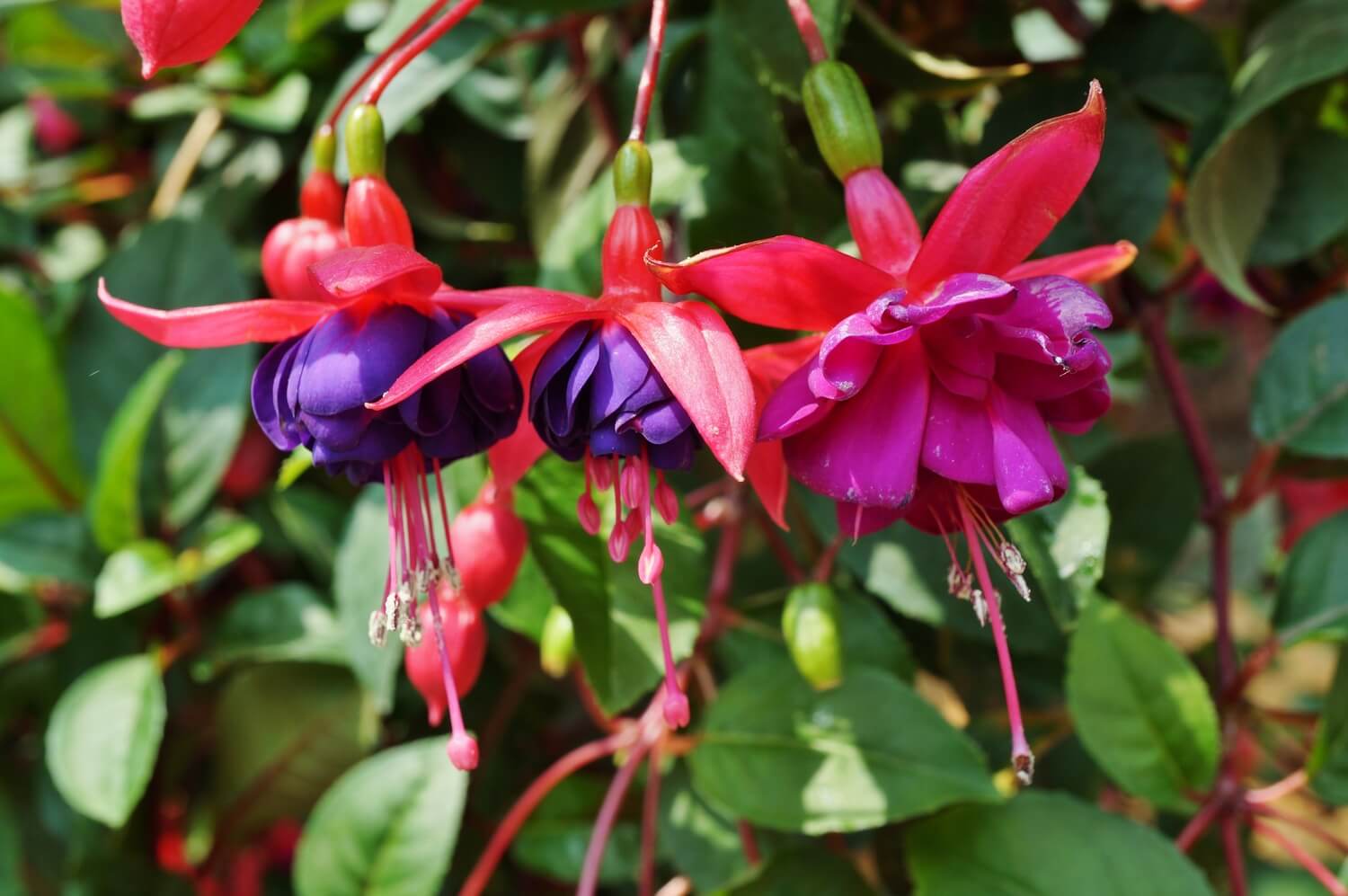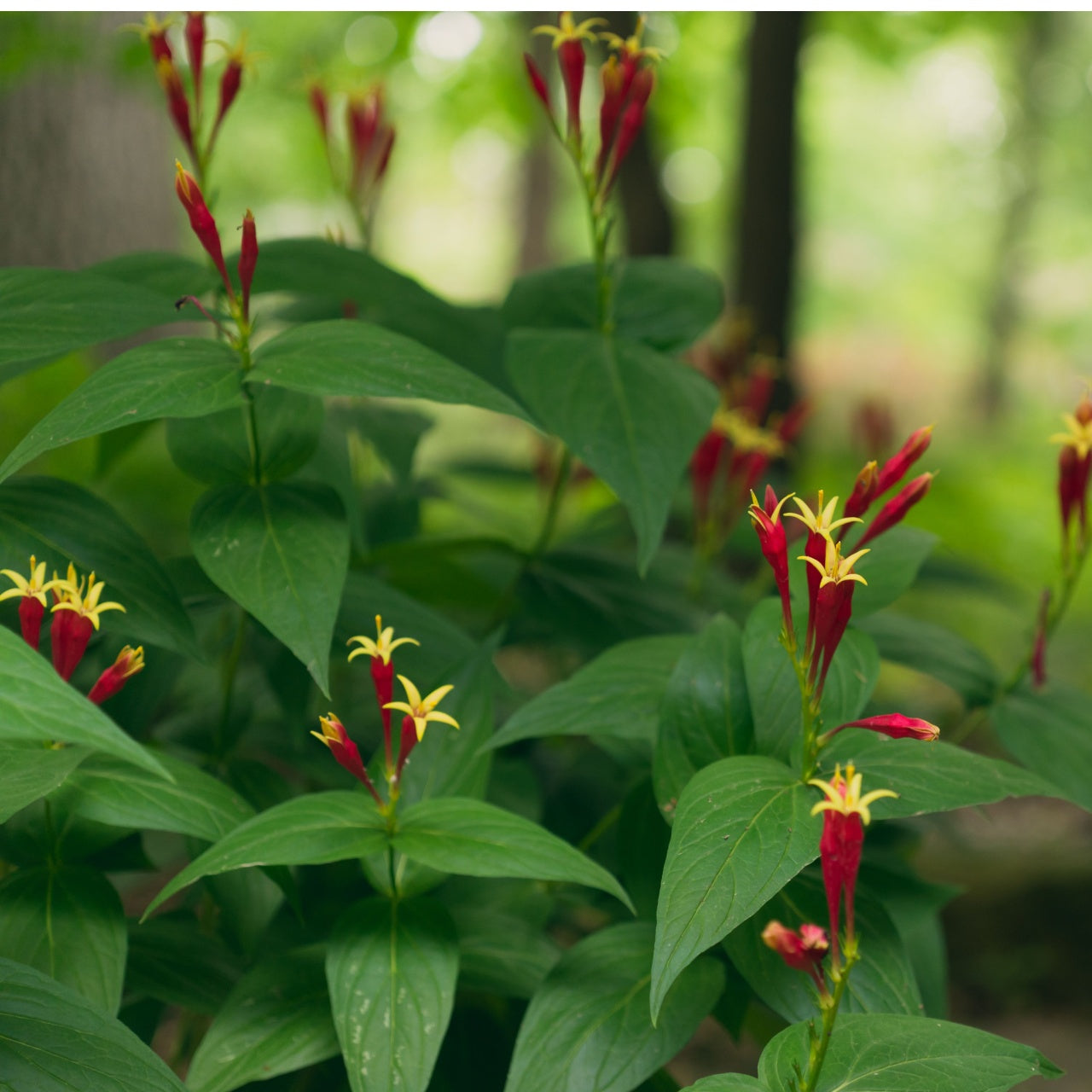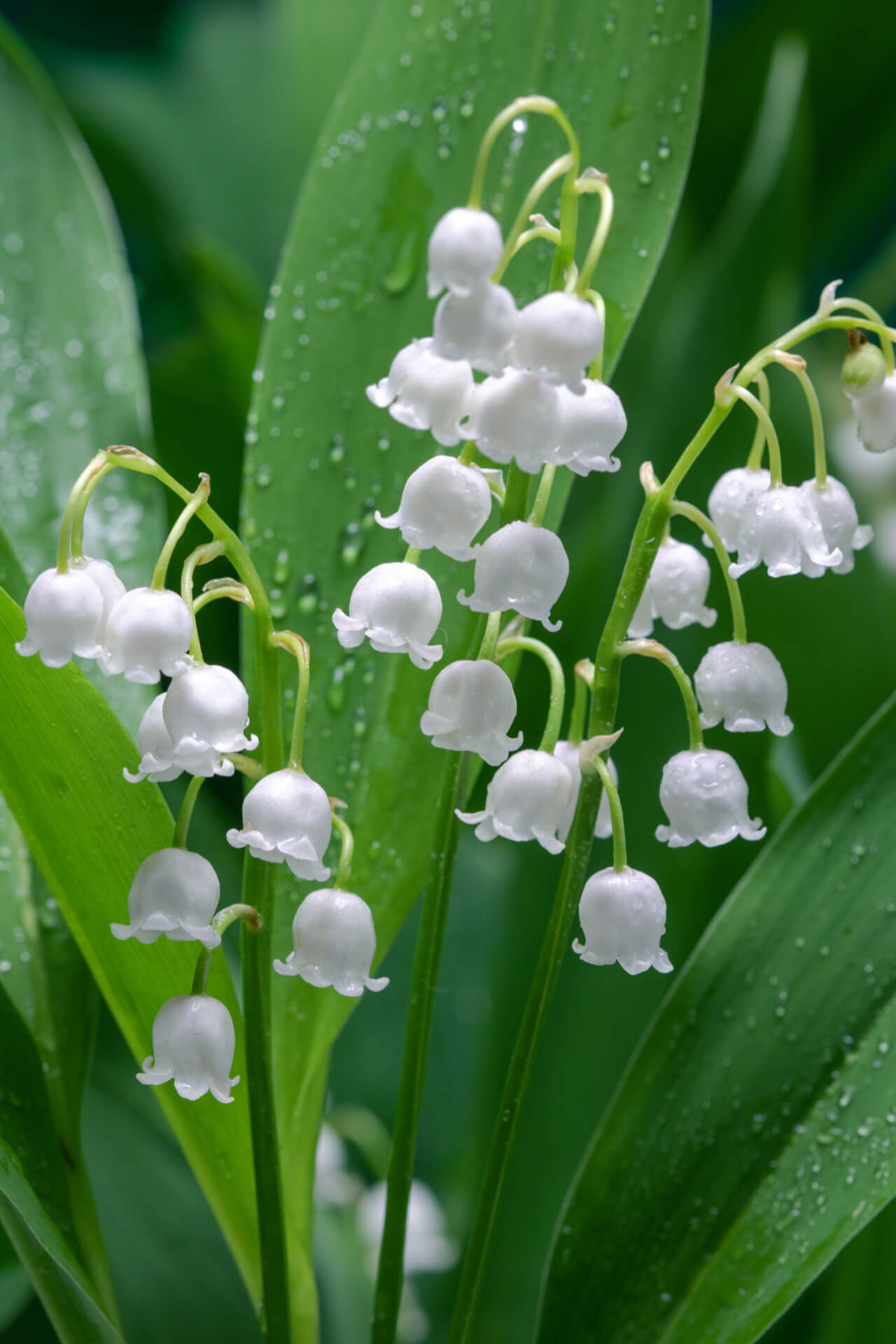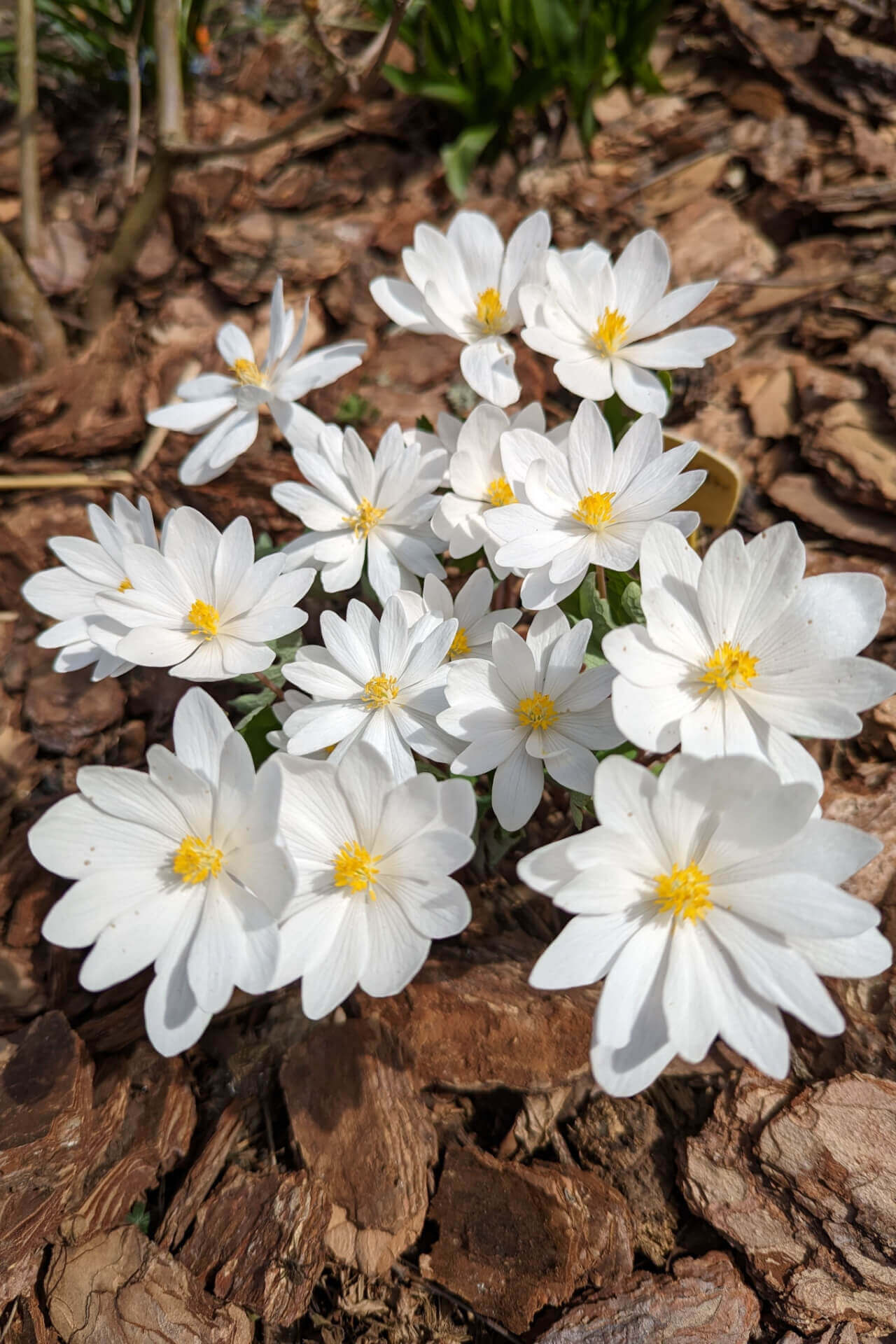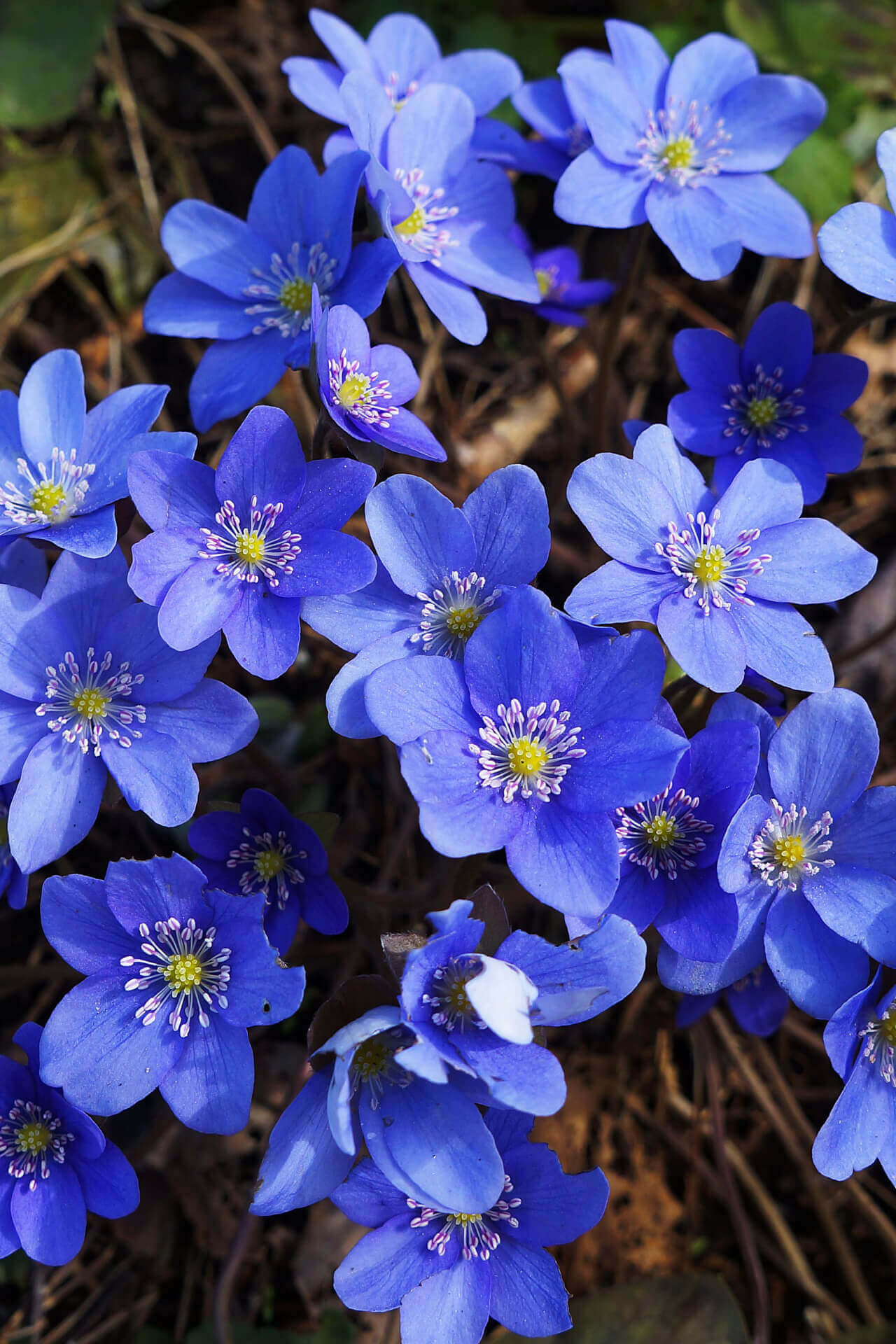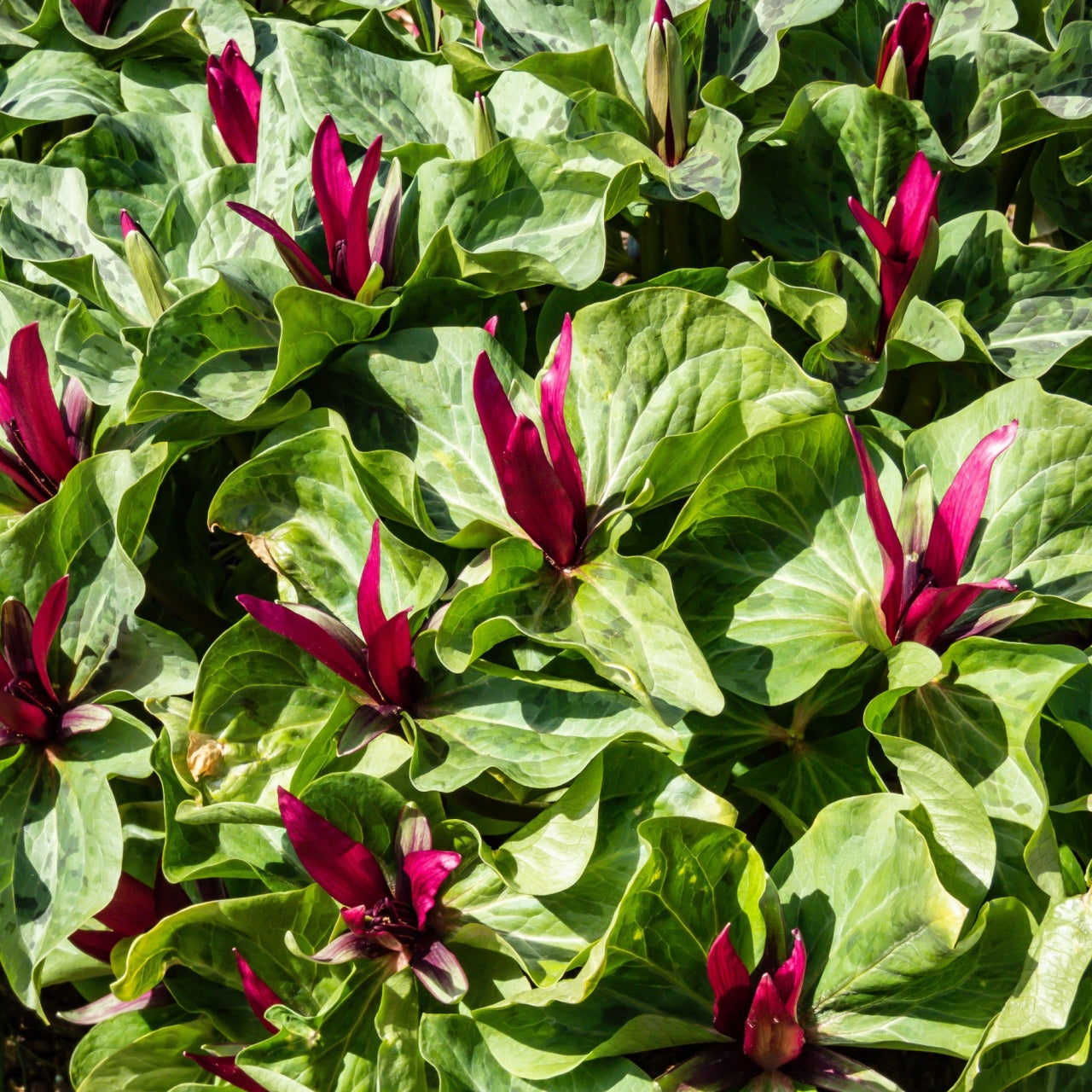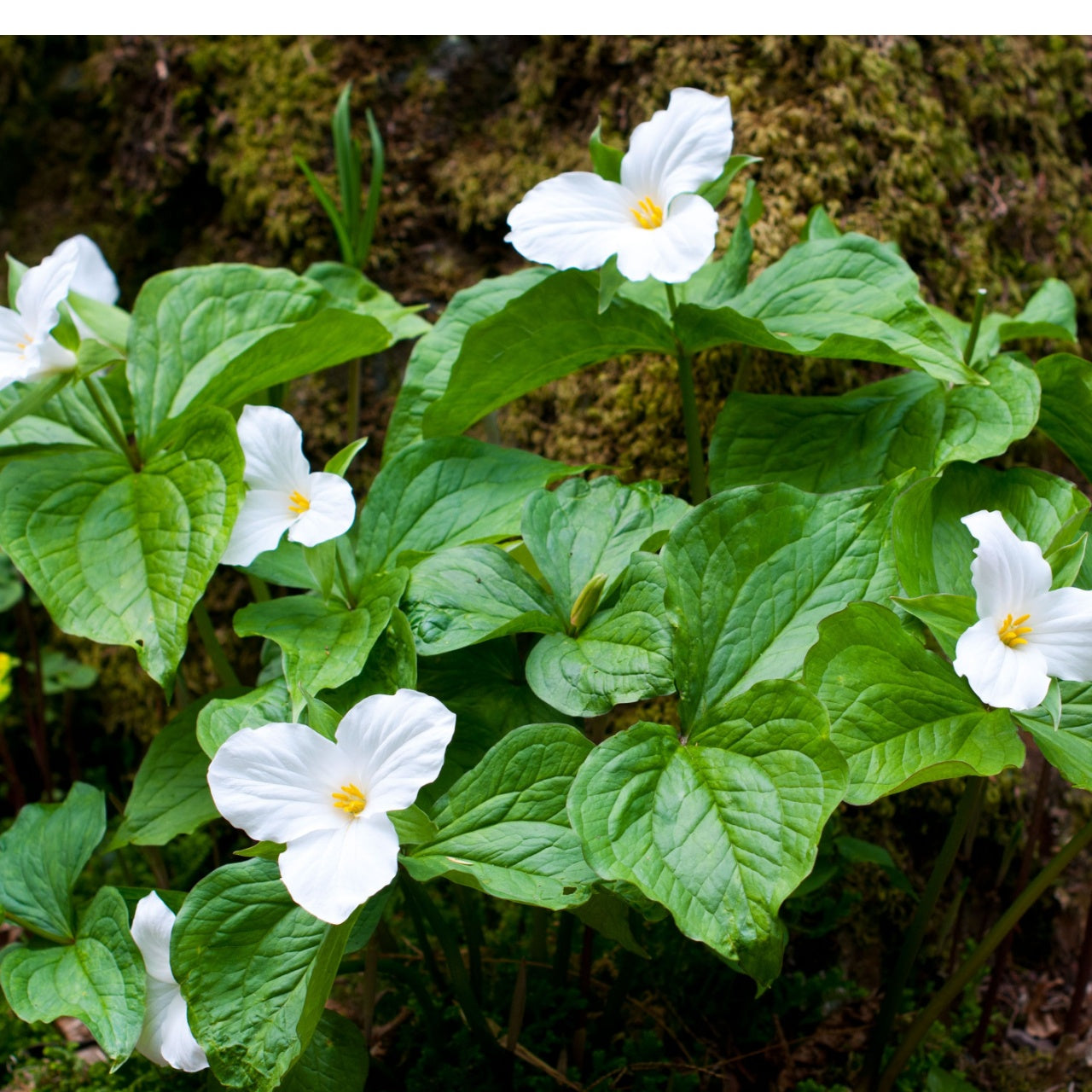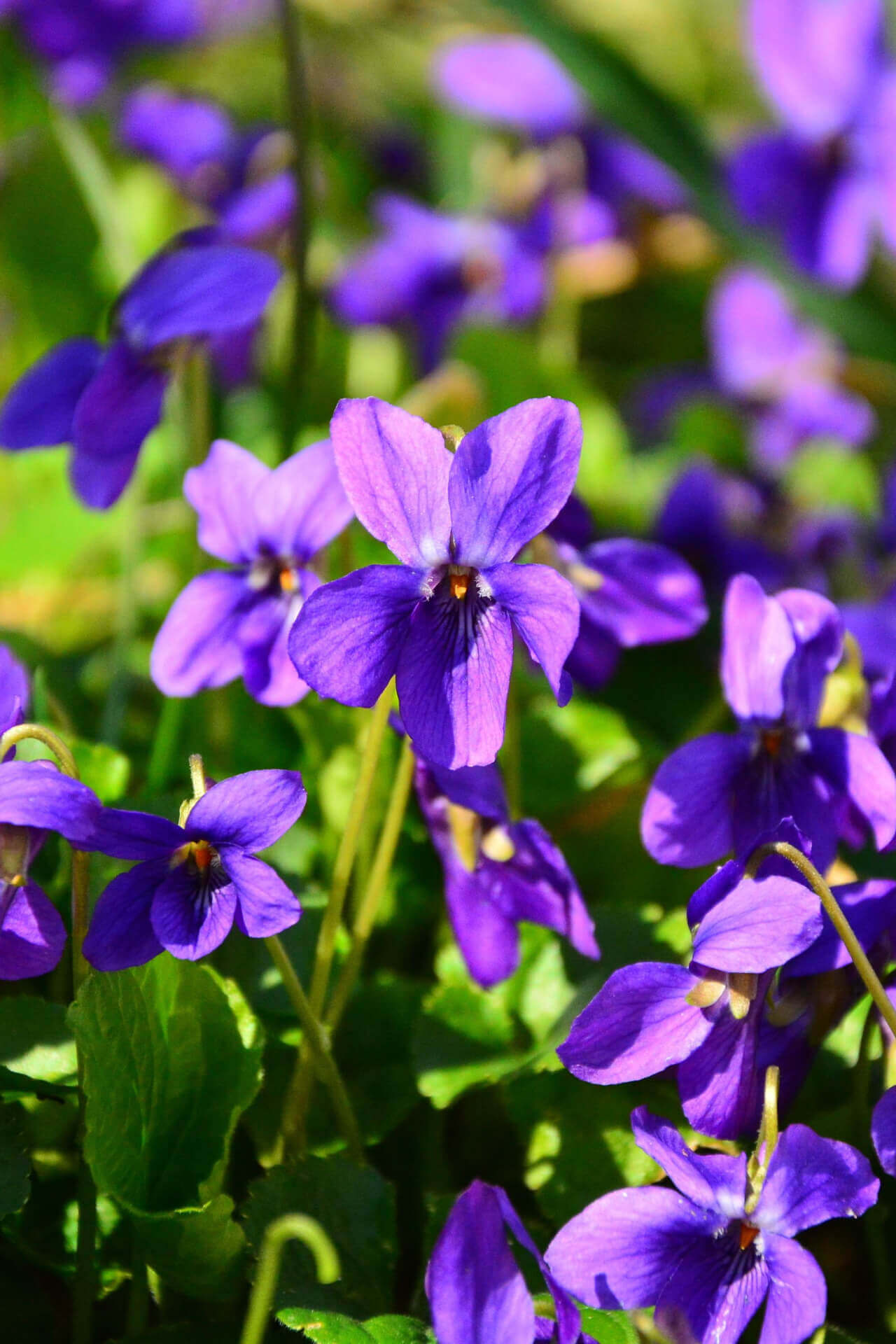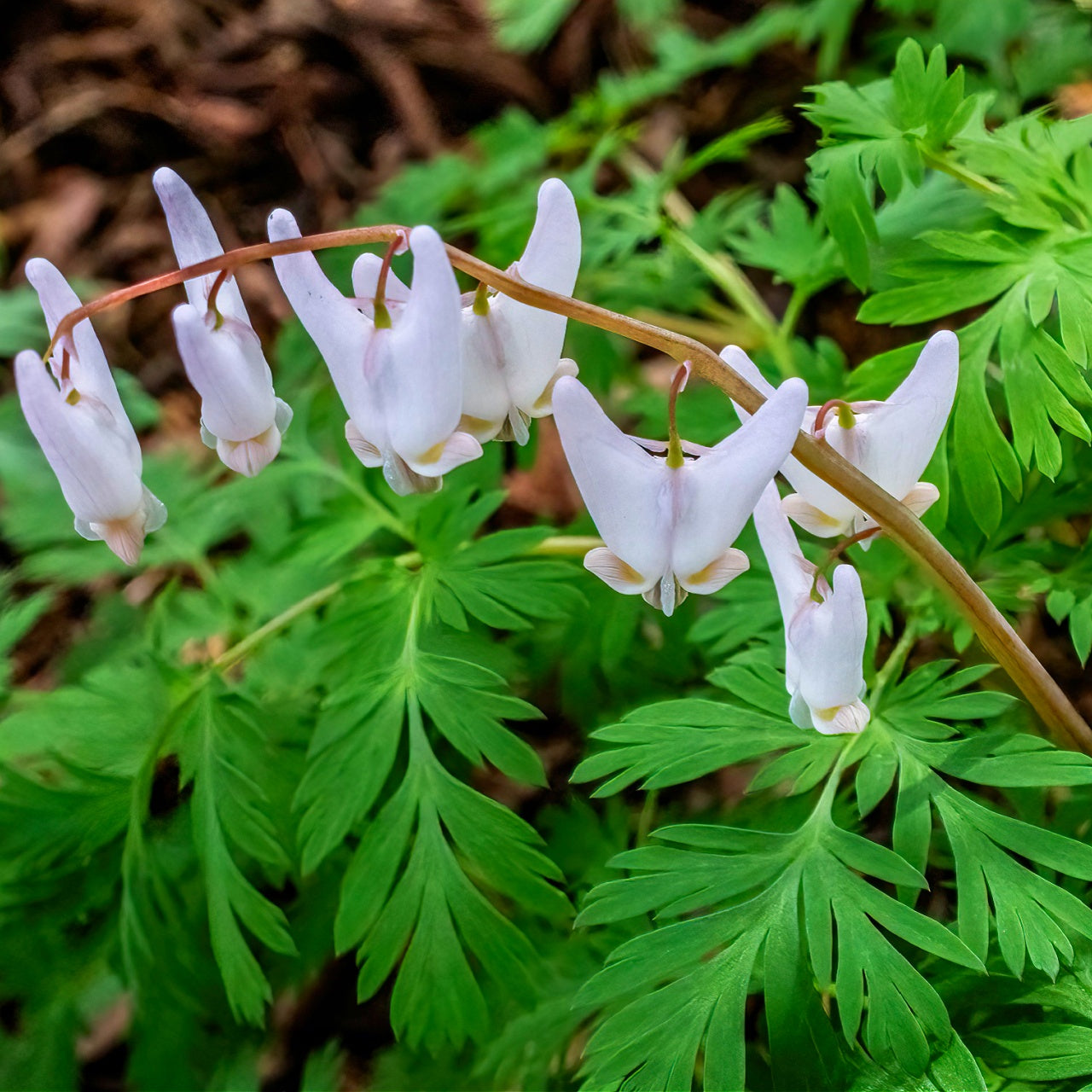Shade Perennials for Sale – Bring Life to Low-Light Spaces
Shaded corners don’t have to stay empty. With the right plants, even the dimmest parts of your garden can become lush, colorful, and full of life. Our collection of shade perennials for sale is curated for gardeners who want beauty that thrives without direct sunlight. Whether you’re planting under trees, alongside buildings, or along a woodland edge, these plants are made to flourish in low-light conditions.
Reliable Color and Texture in the Shade
At TN Nursery, we grow hardy shade-loving perennials that return year after year. These aren’t fussy plants—they’re workhorses of the shade garden, offering everything from bold foliage to delicate blooms. From early spring until late fall, shade perennials add depth, contrast, and structure to areas that might otherwise go unnoticed.
Top Picks from Our Shade Perennial Collection:
- Hostas – Broad, colorful leaves that brighten the darkest spots.
- Bleeding Heart – Arching stems with heart-shaped flowers in spring.
- Foamflower – Light, airy blooms with detailed foliage.
- Solomon’s Seal – Graceful form with soft white bell-shaped blooms.
Why Buy Shade Perennials from TN Nursery?
Our plants are field-grown, bare root, and shipped fresh so they establish quickly and grow strong. We specialize in native and adaptable perennials that need little care once planted. Whether you're filling gaps in an established bed or starting fresh in a shady spot, our shade perennials for sale are reliable, beautiful, and built to last.
Browse our collection today and turn your shaded spaces into thriving gardens filled with color, texture, and quiet charm.
Other Popular Types of Perennials at TN Nursery
